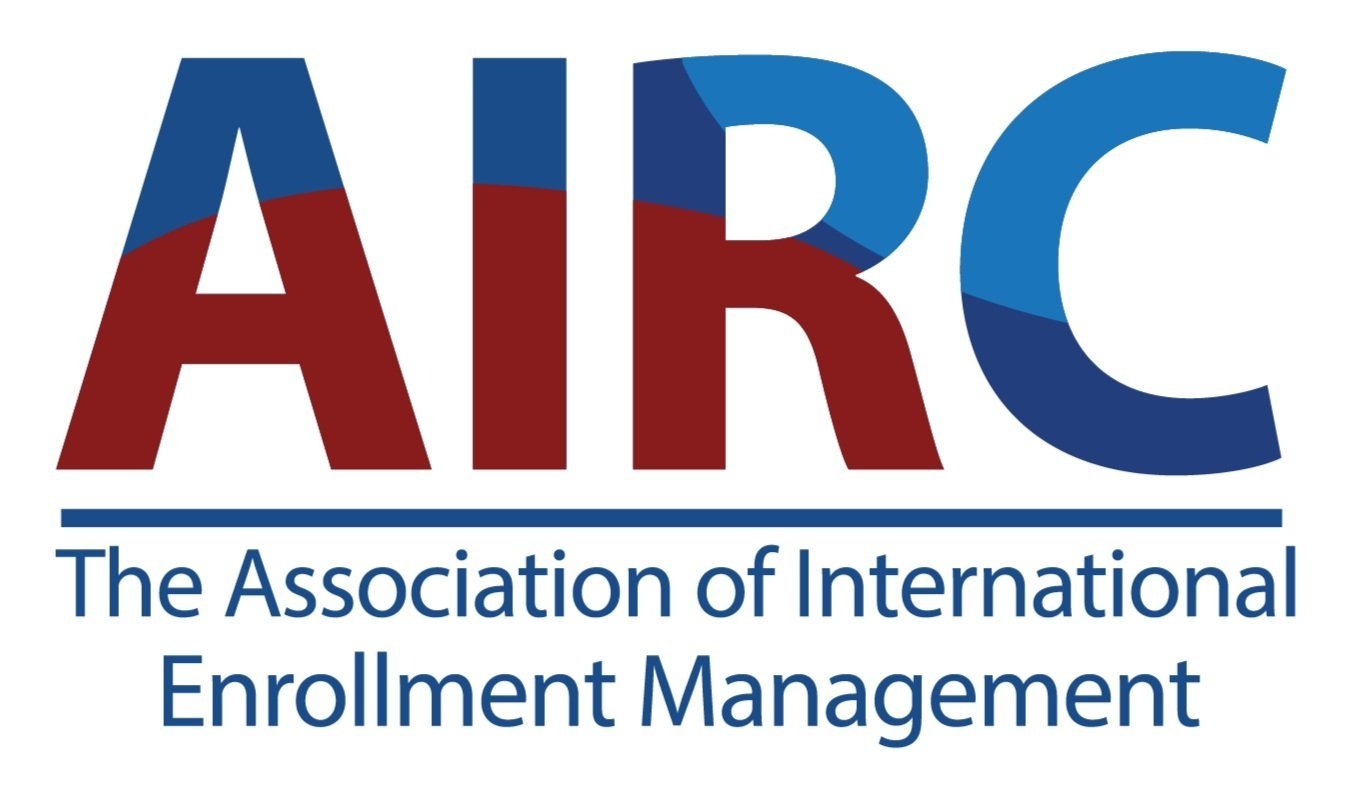IDP’s latest report takes a deep dive into India’s distinct regions and recruitment strategies that leverage this diversity.
Modern India is one of the most diverse countries in the world: a subcontinent home to over 100 languages, over 700 different tribes and every major religion in the world. India’s diversity is reflected in its religions, ethnicities, and customs across a population of 1.4 billion people. Yet many institutions often fail to consider the full diversity of India in their recruitment strategies and treat it as homogenous market. We know that cultural diversity within cohorts is key for a great educational experience. So, how can institutions understand the diversity contained within India, and how can they embrace it?
Think of India as a continent, not a country
Much like the cultural diversity within Europe, the states, territories, and regions within India each have their own unique, defining characteristics. Therefore, to have an overarching blanket approach to the attributes and requirements of prospective students from this vast country is to miss out on some potentially education-enhancing characteristics.
We asked our experts on the ground in India to tell us how they thought the students differed, and their responses were thought-provoking and informative. Institutions must consider the different language and educational standards within India, which vary widely from state to state and can affect student preparedness. Here are some of the insights our counselors across India shared about the students they serve:
In New Delhi, students are generally well researched and approach counselors already knowing the names of the institutions they want to apply to
In Punjab, many students from this state are typically focused on migration when they approach their journey into international education
In the South, students are open to receiving guidance, but often unaware of study abroad trends
How should institutions reach out to students to attract diversity?
Many counselors across India agreed that the main approach institutions should use to reach more outlying areas and a more diverse range of students is to physically visit education fairs, events, and partner offices so they can meet prospective students and better understand the diverse attributes and qualities of students in different regions. Institutions can also attract more diversity from India through social media (Facebook and Instagram are the most popular platforms), advertisements in local papers targeting parents, and by promoting scholarships and placement programs.
Mukta Sanjeev, Destination Director at IDP, says, “Marketing teams have a huge task when thinking about marketing in India, because strategies and approaches that work well in the North may well be of no interest and see no ROI when attempted in the South.”
Diversity insights
Institutions and educators who want to diversify their cohorts from India must seek a much better understanding of the country as a sub-continent. It’s important to understand the education standards, academic attainments, financial status, and languages of students from across the different states and regions, as well as from the different areas within each state – this will help institutions to select the right quality students for their programs and ensure they have the best possible support infrastructure in place to support students.
To reach diverse students across India, institutions should consider recruiting in more outlying areas as well as the most populous cities – visiting education fairs, events, and IDP offices across India will help institutions meet new prospective cohorts and understand the diverse attributes and qualities of students from different regions. Even a virtual presence can help prospective students understand a bit more about why your institution might be the best fit for them. While students from some areas are well researched and wish only to apply to a small number of high-ranking universities, there is a huge source of students who are more open to guidance from counselors and information they receive at fairs, events, and during in-person meetings.
Key takeaways:
Social media is generally regarded as an effective method for marketing information about your institution to students, particularly Facebook and Instagram
In some areas, such as Kerala in the South, advertisements in newspapers could be targeted towards the parents, who are more likely to see this media and may be the decision makers when it comes to institution choice
Researching the types of industrial development occurring in specific areas of India and promoting programs relating to that industry in the area could help secure the best students and increase diversity
Institutions should start promoting a wider range of undergraduate programs as these are becoming more attractive to students across India
A granular understanding of certain regional constraints, such as exam times and visa application processes, can help institutions avoid inadvertently excluding students from certain areas
Having the right program mix is fundamental for achieving diversity
It’s important not to overlook or suppress any particular region based on assumptions
Naomi Eagling, IDP Client Director in the UK, summed up her thoughts on diversity having had repeated discussions with partners on the subject over many years. “History tells us that bubbles burst and over-reliance on any one market, program, or subject area can have catastrophic consequences for an institution’s financial situation. What is critical for everyone involved in the international student recruitment journey is to remember that it’s not just about a line on a profit and loss statement, but about students’ experiences and ensuring that their investment and, in some cases, sacrifices provide the well-rounded, enriching educational experiences that they expect and deserve.”

